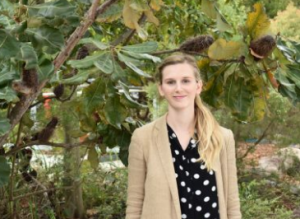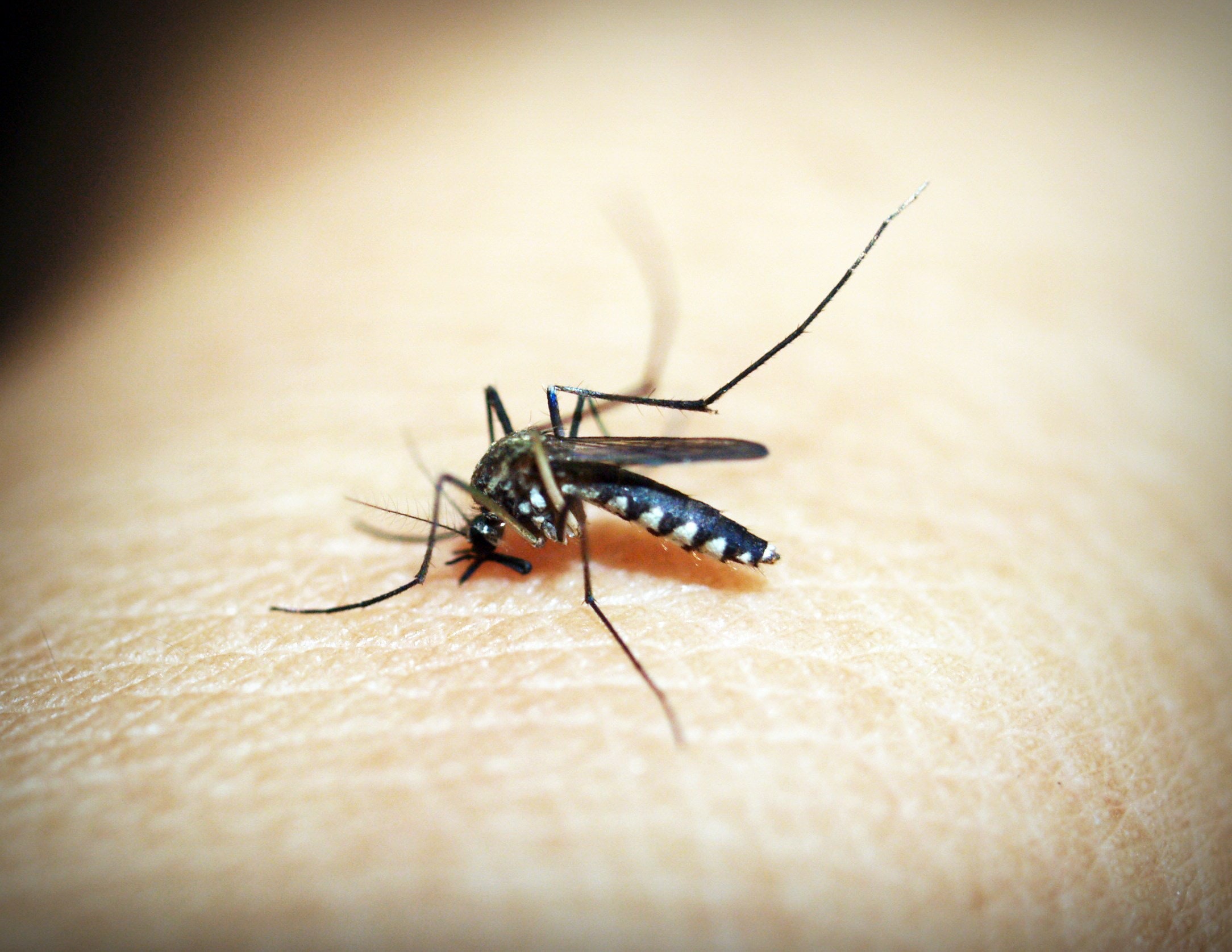Species that aren’t good at amplifying Ross River virus, such as birds, could play a key role in reducing the transmission of Australia’s most common mosquito-borne virus Ross River, suggests a Griffith University researcher.
PhDcandidateEloise Stephenson, from Griffith’s School of Environment andScience,hasreviewed the evidence forthe role wildlife plays in the spread and suppressionof Ross River virusand published an articleonThe Conversationandthe scientific journalParasites and Vectors.
Ross River virus affects about 4000 Australians a year,hasan estimated annual cost to the economy of $2.7 million to $5.6 million, with no treatment or vaccine currently available.

It is often debilitating due to joint pain andfatiguethat can last weeks and months.
Ross River virus is transmitted to humans by mosquitoes, but it is zoonotic. This means a mosquitohas tofeed on an infected animal before biting a person.
It has been found that the virus will amplify more in marsupials than otherspecies— particularly in kangaroos and wallabies. These are considered ‘reservoirhosts’.
Howeverit is alsopossiblethat birds can act as ‘dead-end hosts’, where they are bitten and the virus is contracted but cannot be transmitted.
“This could mean anincreasedbird population around urban areas could limit transmission of the virus to other animals, mosquitos and humans in cities,” Stephenson said.
“Some animals spread disease, and we need to know what they are to prevent mosquitoes from feeding on them. But on the other hand, the animals thatdon’tspread disease are just as important. This is because they dilute the virus in the environment and are unable to infect mosquitoes.
Science is starting to shift to look for which animals can’t transmit diseases, because more of them in the environment may in fact lead to less Ross River virus.
“We know so much about the virus pathologically, but so little about it ecologically. As mosquitoeshave topick up the infection from animals, it surprises me that we know so little about which animals are most important both at spreading the virus, but also at suppressing it.”
Ross Riverviruscan still be prevalent in humans where wallabies and kangaroos aren’t overly present, suggesting that other factors could be at play, or that other animals could be reservoir hosts or dead-end hosts but are yet to be identified.
Stephenson suggests that the common view of Ross Rivervirussolely as a mosquito-borne virus needs to widen to identify other wildlife species that could suppress its spread.
“Ross River virus is a significant public health challenge in Australia, and treating humans alone is not enough to stop the spread of the virus altogether,” she said.
“We need complimentary strategies to reduce Ross River virus transmission and looking for the animal reservoirs and animal dead-end hosts offer strategies to stop the transmission between animals, mosquitoes and humans.
“We now have Ross River virus in the Pacific Islands, such as French Polynesia, where there are no kangaroos or wallabies, so there must be other animals playing a role as reservoirs.”
